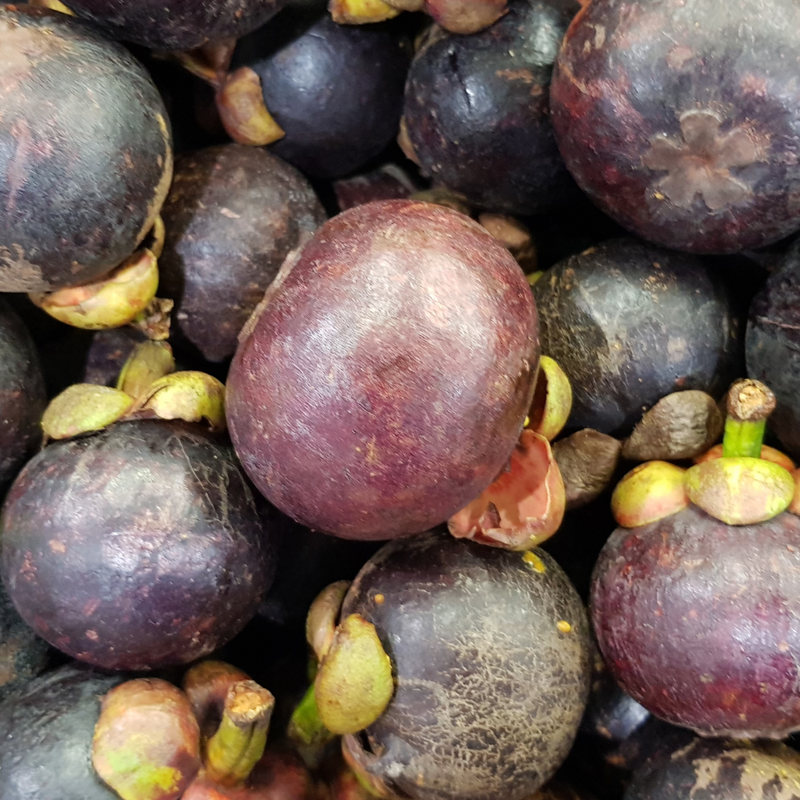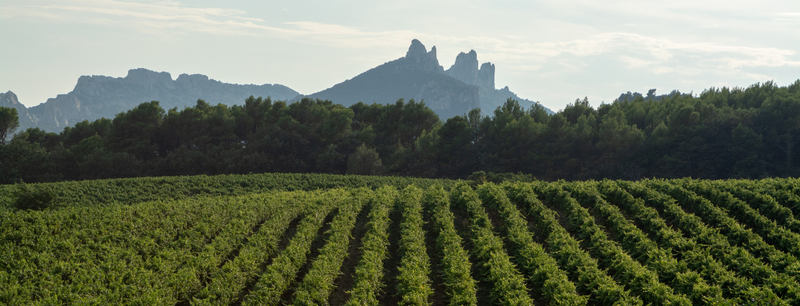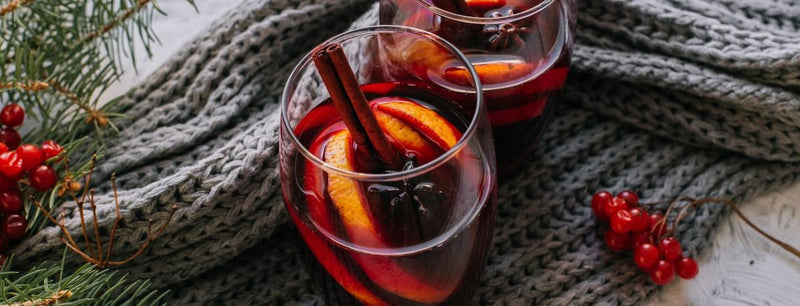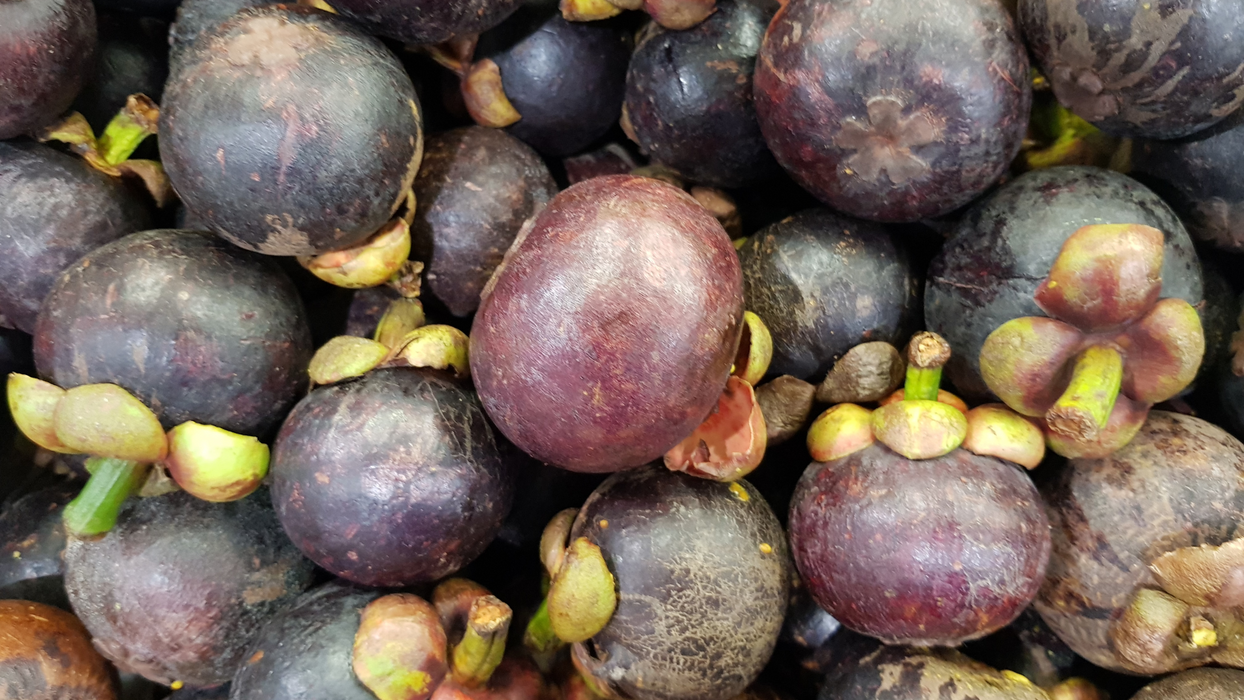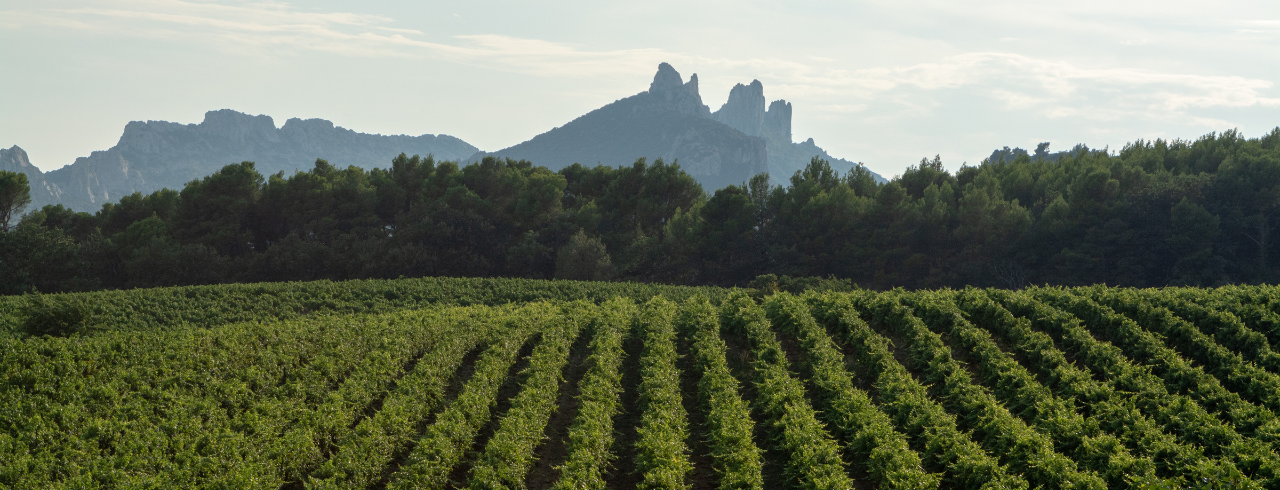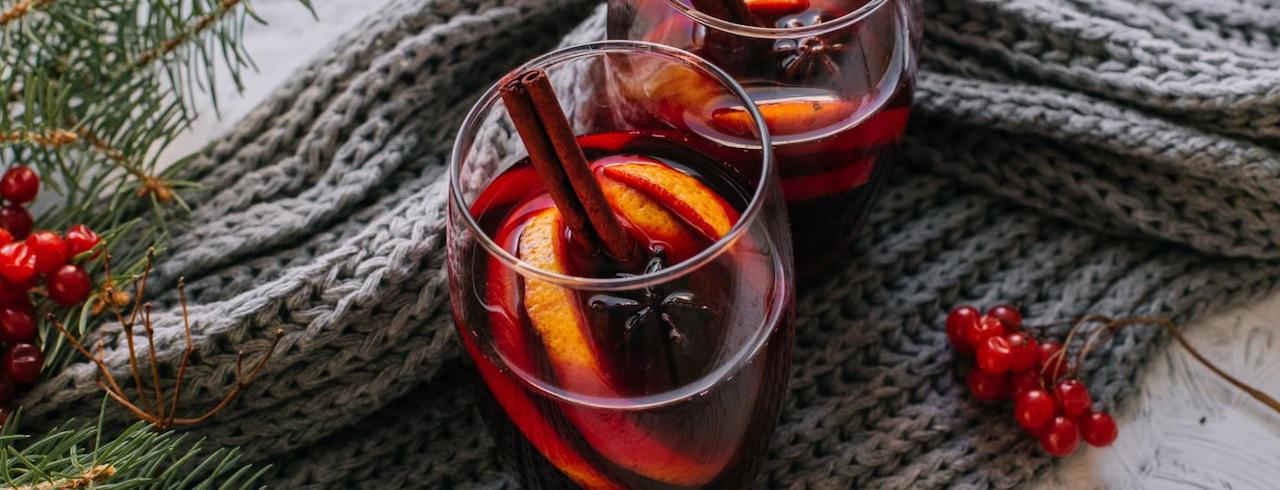
What to Know About Châteauneuf-du-Pape Wine
Deep in the Southeast region of France, not far from the Mediterranean coast, lies a picturesque view of lush vineyards and rolling hills. Looking closely, you can see a castle beneath a cloudy cotton sky somewhere in the distance.
What is even more profound about the gorgeous wine region of What To Know About Châteauneuf-du-Pape Wine are its bold wine blends of the same name.
In this Wine Insider article, we're breaking down everything you should know about the rich, spice-infused red wine that is Châteauneuf-du-Pape.
What is Châteauneuf-du-Pape?
Châteauneuf-du-Pape is a medium-bodied French Grenache red wine first produced in 1936. It contains a high alcohol content of 12-15.5% and takes on a semi-sweet to dry, medium-acidic flavor.
The scent of Châteauneuf du Pape smells of deep berries, plums, and sometimes earthy spices. Its almost jam-like texture makes it much more decadent than most lighter red wines.
Chateauneuf-du-Pape is known as a GSM blend, a red wine blended from Grenache, Syrah, and Mourvedre. Most Châteauneuf-du-Pape are produced with around 80 grenache, although some wineries use 100 grenache, bringing out a more robust, more potent flavor.
How To Pronounce Châteauneuf-du-Pape
Now that you know what makes this wine so delicious, you might find that it's still tricky to pronounce its name correctly. While this word appears to look mostly like it's pronounced, it's a bit deceptive.
Châteauneuf-du-Pape is pronounced Sha-too-nuff-doo-pop. According to one YouTube tutorial, it may also sound like shuttle neff die pap. Now that we’ve established the pronunciation, let’s look at the meaning behind Châteauneuf-du-Pape.
Châteauneuf-du-Pape Meaning
Châteauneuf-du-Pape translates to "the pope's new castle," referring to the popes from Rome that lived in Avignon during the 14th century. In the late 1800s, villagers of the area added "du pape," alluding to the location's religious history.
While the original summer castle that the popes had built has been in ruins since World War II, the Palais des Papes in Avignon still stands today.
Where is Châteauneuf-du-Pape From?
Located in Southern Rhône, Châteauneuf du Pape appellation is part of the top nineteen growth areas of the Côtes du Rhône.
The region is vast, with more than 7,000 acres! The nourishing soil and dry, warm climates here contribute to the growth of thirteen grenache grape varieties. The earth in this region has a unique pebble-like terroir known as galets roulés.
While Châteauneuf du Pape appellation does have some white grapes like Grenache Blanc, the more prolific blends within this region remain those like Grenache Noir.
Château Rayas
Château Rayas is one of the most famous vineyards in Côtes du Rhône that prides itself on crafting the perfect bottle of Châteauneuf du Pape. It has been in operation since 1880 and is still run by the family of the late Jacques Reynaud.
The vineyard produces red and white wines, but only Grenache grapes are grown here. What's even more unique is how the wine is aged. During maturation, the wine is kept in 450-liter double-piece oak barrels, larger than the more common 225-liter barrels.
Château de Beaucastel
While Château de Beaucastel dates back to the 16th century, it is believed that popes first planted the vineyard in the early 14th century. The winery remains a family business today and is run by Jacque Perrin's sons.
As for the wine itself, Château de Beaucastel is another top condenser for its fine production of Châteauneuf du Pape and Côtes du Rhône wine. They sell quality vintage wines with notes of dark fruit, meat, pepper, herbs, and truffle.
The 13 grape varieties here are handpicked and kept in oak barrels to reach their full maturation potential.
What Does Châteauneuf-du-Pape Pair Well With?
Due to the rich raspberry and plum flavors and the smokier, peppery notes, this Grenache wine tastes superb with heavier meats like lamb, beef, venison, and duck. Gamey meats generally pair well with Châteauneuf du Pape because of the wine's gamier texture and flavors.
How is Châteauneuf-du-Pape Wine Produced?
While Châteauneuf-du-Pape has traditionally been vinified in concrete, modern sensibilities have allowed us to produce the wine in stainless steel barrels.
But to keep the wine warm according to its appellation standard, some winemakers put concrete around the steel barrel.
Once harvested, grenache grapes are coated in indigenous yeast from the vineyard and fermented at high temperatures.
While fermenting, the grapes are continuously pumped to balance the sugar levels, tannins, and phenols harmoniously.
Regarding alcohol content, Châteauneuf-du-Pape must have a minimum of 12.5% and can be as high as 15.5%.
Once the wine is finished blending, it is aged in an oak, steel, or concrete barrel before it is bottled and sold.
A Few Last Words On Châteauneuf-du-Pape
After this breakdown of the one-of-a-kind Châteauneuf-du-Pape, we hope to have piqued your interest and expanded your palette!
This unique grenache wine will leave your taste buds with a peppery fruit taste as light as its smoky notes.
Whether visiting the historic ruins of Rhône Valley or trying to find which wine pairs best with the roast duck you've been dying to cook, Châteauneuf-du-Pape exists only in the most luxurious of places.
Take our word for it and give it a try. We promise you'll never be disappointed with the richly decadent Châteauneuf-du-Pape.
While looking for your next Grenache, take advantage of these superb choices in our red wine collection!
